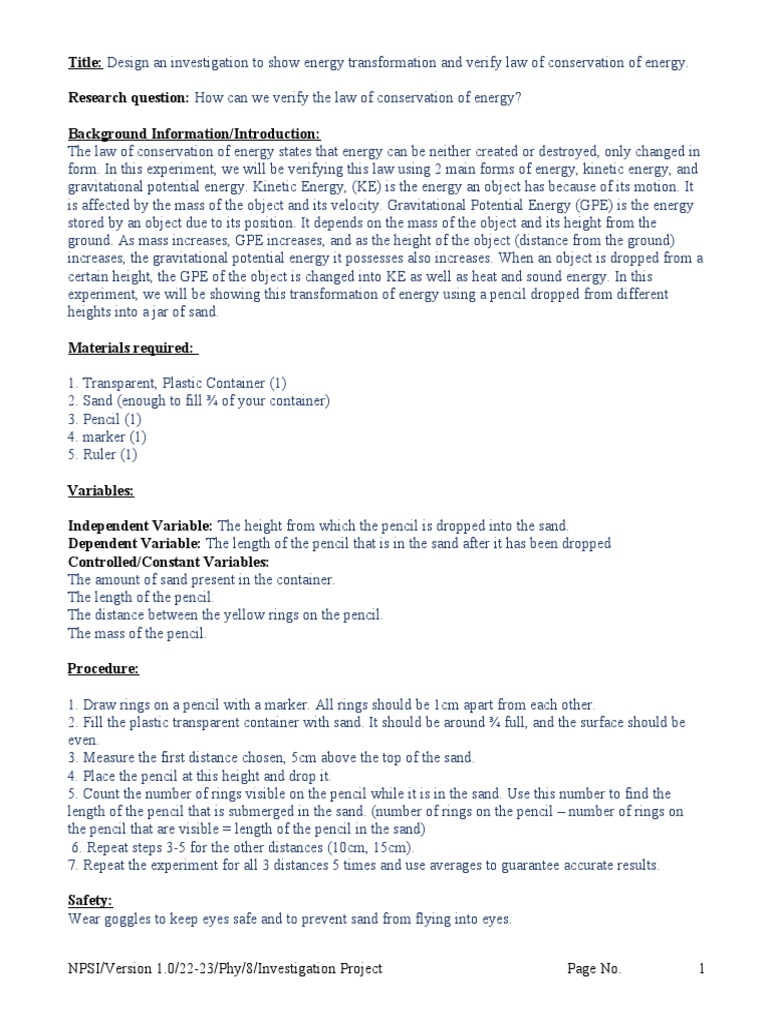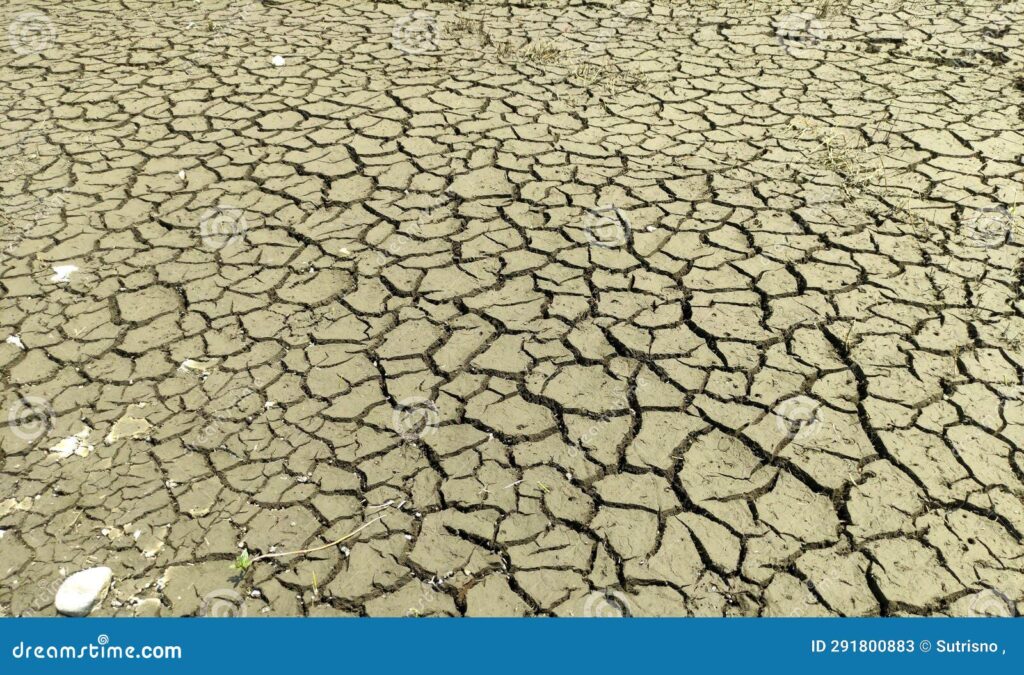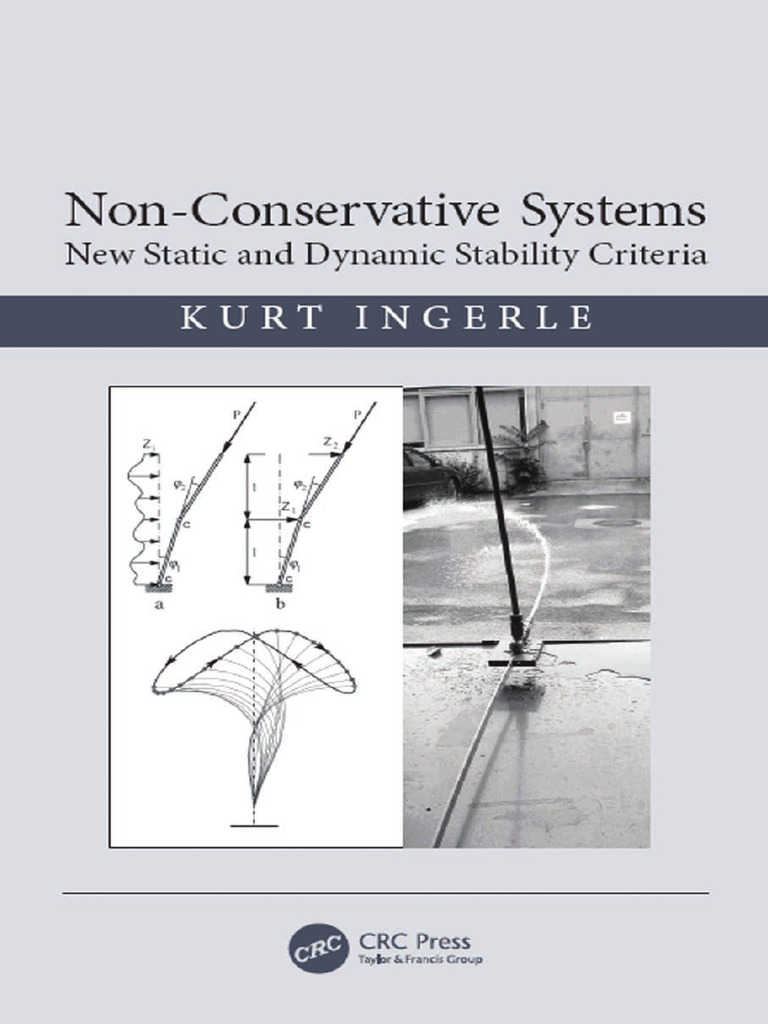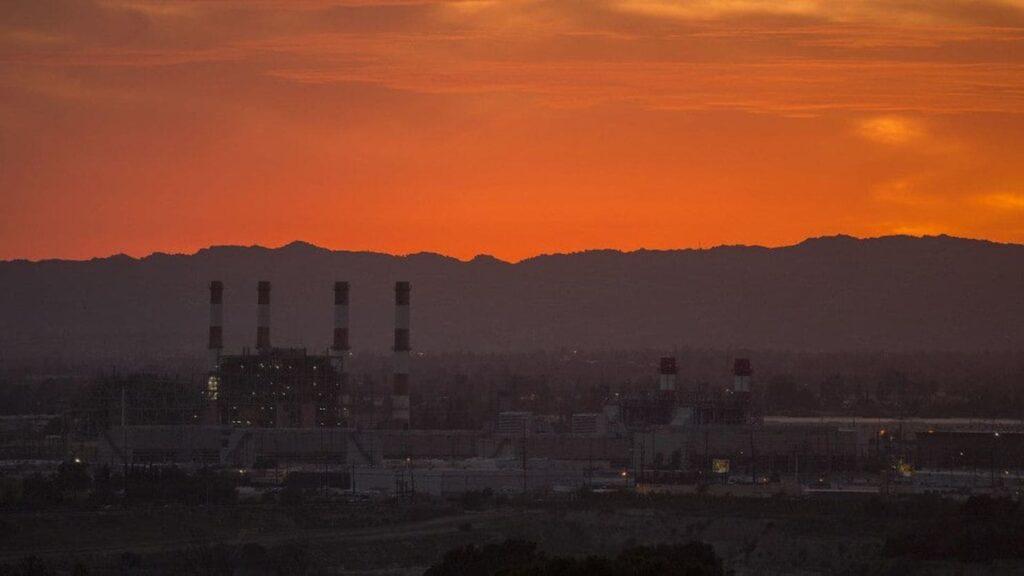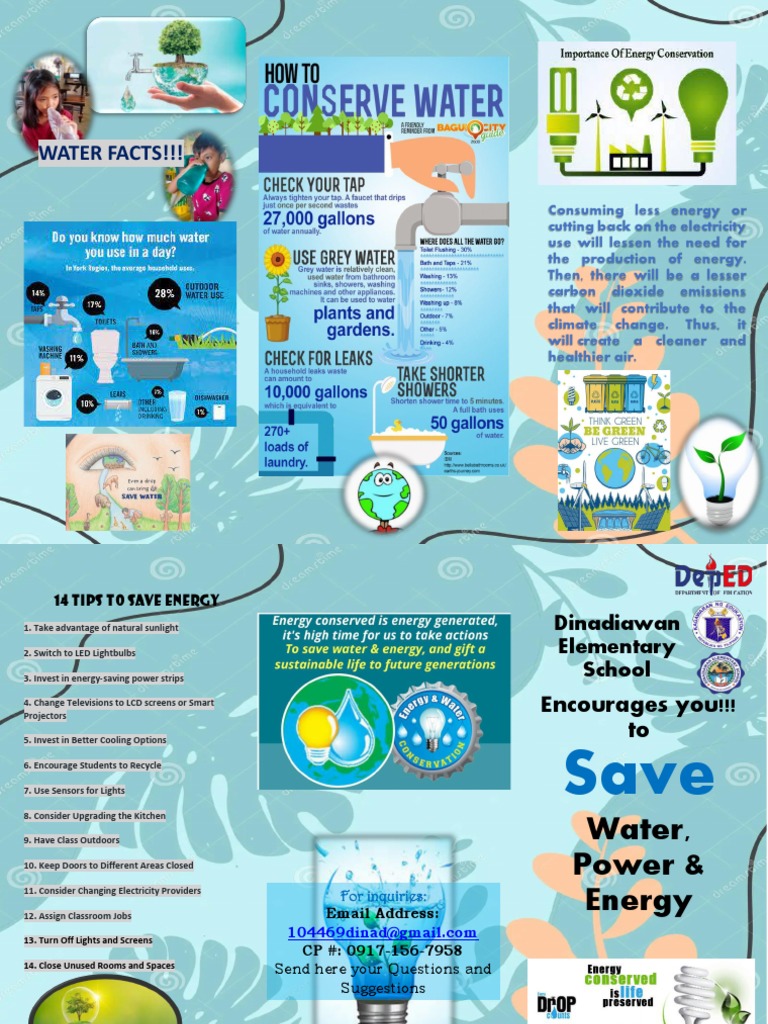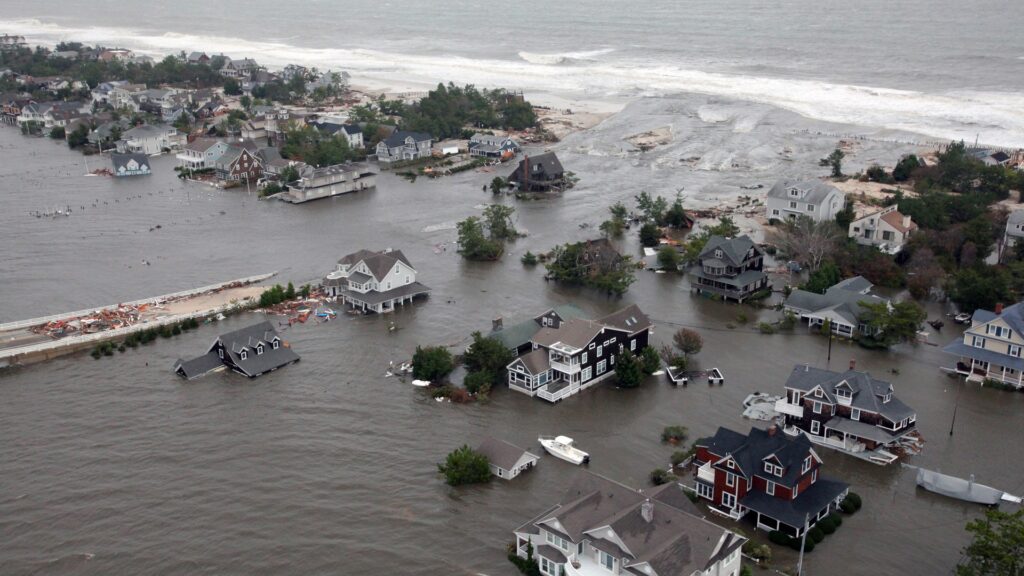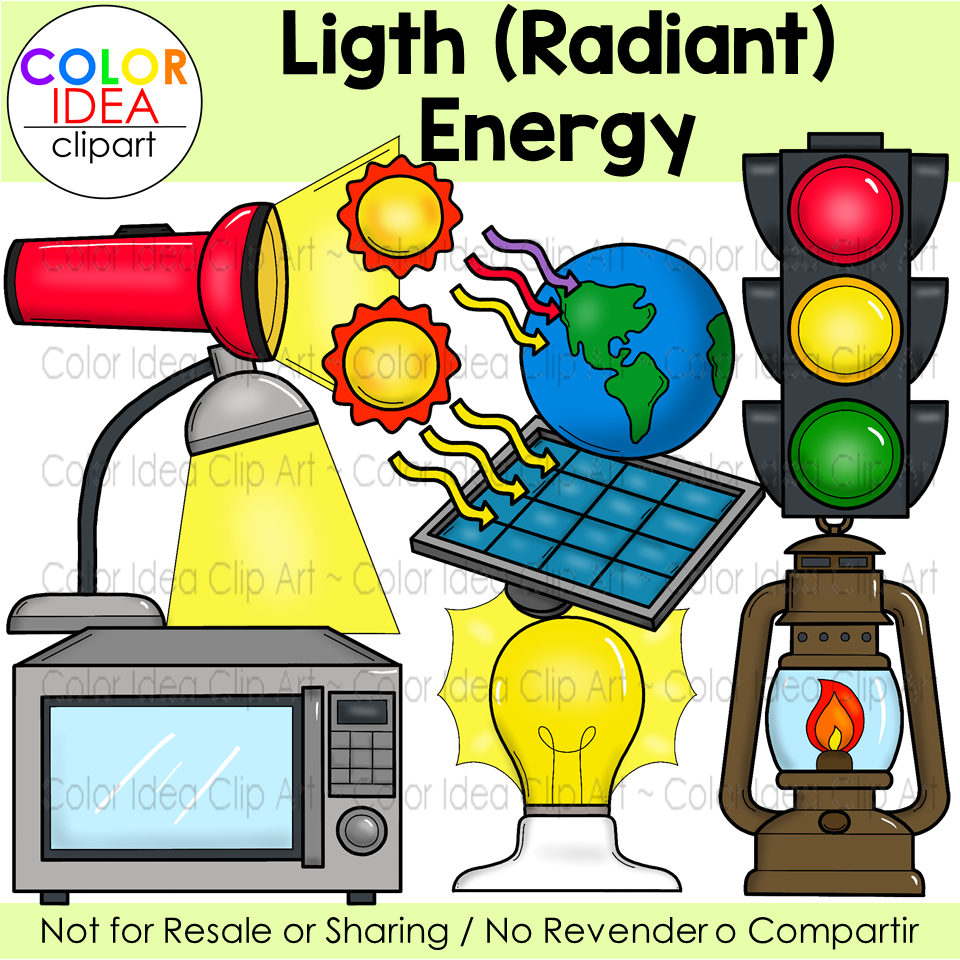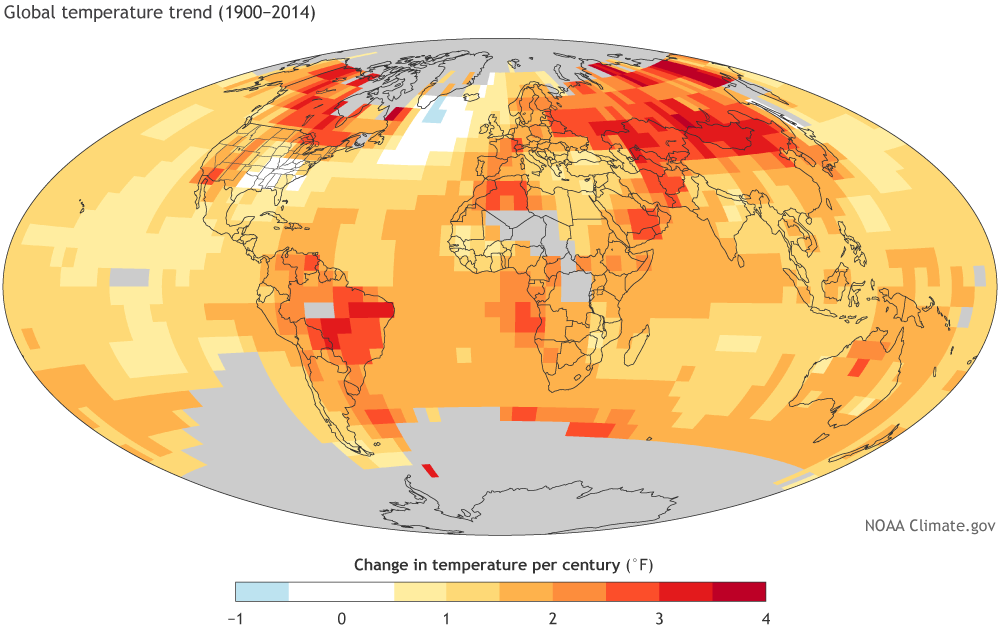What Is the Climate of South Carolina? Southern Charm with Seasonal Swings
South Carolina’s climate is a compelling amalgamation of temperate weather patterns and striking seasonal transitions. Nestled in the southeastern United States, this state exhibits a diverse meteorological profile influenced by geographical positioning, oceanic currents, and atmospheric conditions. The climate fosters an inviting environment, allowing residents and visitors alike to indulge in leisure activities throughout the ...


